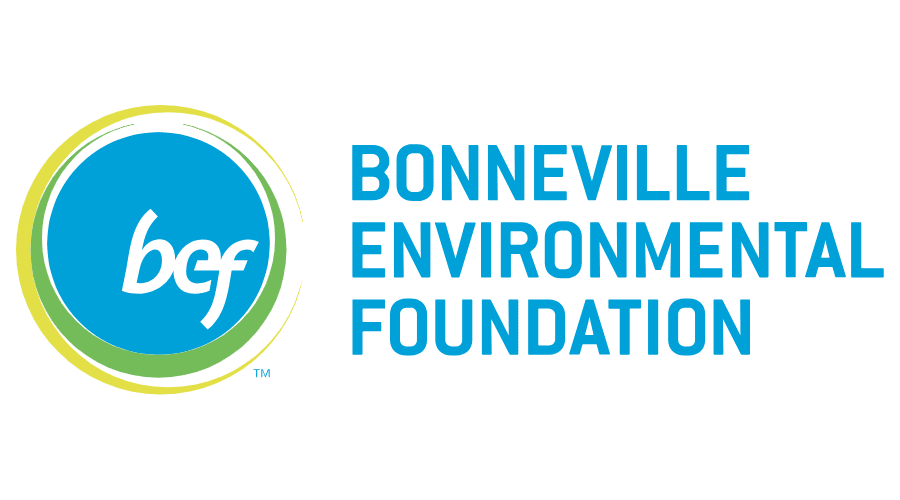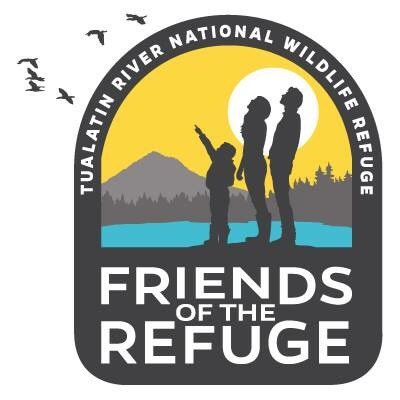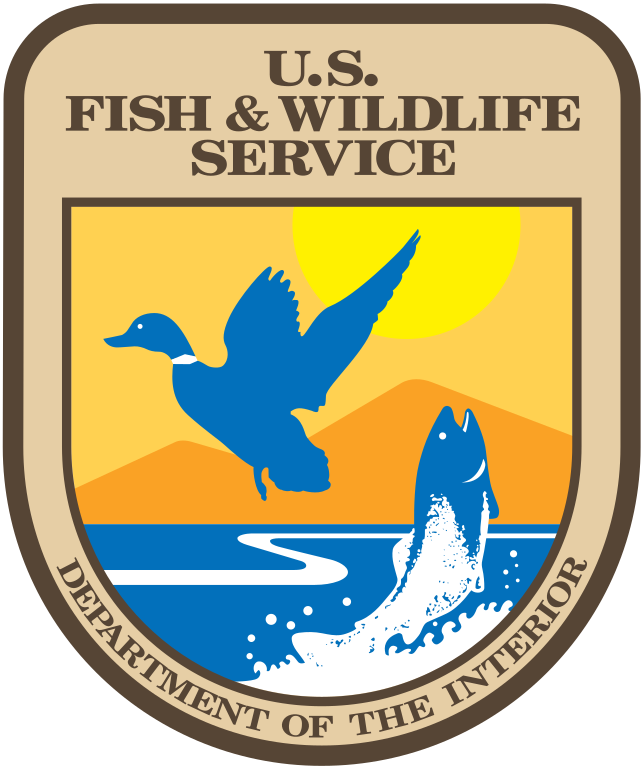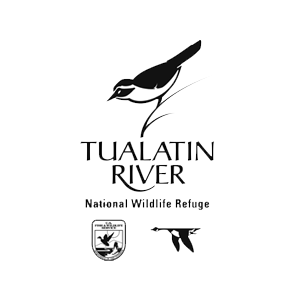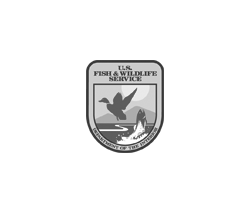Powerful Ecological Enhancement Amid Rapid Urbanization
Chicken Creek borders the west and north edges of the fast-growing city of Sherwood, Oregon, flowing through agricultural lands and past suburban homes before emptying into the Tualatin River. Just beyond the city, Chicken Creek meanders for two and a half miles through the Tualatin River National Wildlife Refuge, one of very few urban refuges in the country, where surrounding wetlands provide a stopover sanctuary for migrating birds on the Pacific Flyway. This stretch of creek, located within a wildlife refuge yet so close to rapid urbanization, holds the promise of important benefits for our watershed.
The Site
First planting: Fall 2019
Size: 294 acres
Stream length: 2.5 miles
Plant communities: Herbaceous and Woody Wetland Complex, Riparian Forest
The Challenge
In the early 20th century, the reach of Chicken Creek approaching its confluence with the Tualatin River was rerouted to accommodate local agriculture. The once-meandering creek became a deep, linear channel whose quick-moving waters eroded stream banks, creating a ditch that greatly limited the creek from connecting with and saturating the floodplain. What had once been a woody and herbaceous wetland, complex with thriving flora and fauna, greatly suffered; due to a lack of suitable habitat, native wildlife populations declined. Today, as areas just outside the wildlife refuge rapidly urbanize, investing in the health and resilience of the creek is critical.
The Transformation
For years, partners had been preparing to transform this reach of Chicken Creek. In 1996, thanks in part to the grassroots support of Friends of Tualatin River National Wildlife Refuge, the U.S. Fish and Wildlife Service purchased the surrounding land and initiated restoration efforts. In 2009, a half-mile upstream from the refuge, neighbors on Green Heron Drive began working with the City of Sherwood, contractors, and other partners to enhance the creek near its crossing with busy Roy Rogers Road. In 2017, the U.S. Fish and Wildlife Service created the first of many opportunities for volunteers to do hands-on creekside restoration near the southern edge of the refuge.
More recently, partners executed a long-awaited project that aligns Chicken Creek to its historic path, all the while embracing the role that beavers can play in the placement of woody debris and revegetation. Project steps included modeling and excavating the historic path of the creek; rerouting and filling in the current channel; construction of two bridges that cross the new channel; removing invasive species and replanting native vegetation; reestablishing a creek connection to the floodplain; and beginning long-term monitoring.
Because optimized beaver habitat is integrated into the revegetation and construction plans, engineered water control infrastructure was unnecessary. Enhanced by woody debris, the natural path of the creek now encourages the migration and spawning of Upper Willamette River Steelhead, a federally threatened species, which is expected to increase their population as well as the value of the ecosystem.
As wildlife reclaims its historic home in Chicken Creek’s adjacent wetlands, the creek will once again contribute to a healthy watershed. Additionally, restoration efforts here will benefit the local economy and community by enhancing and protecting Tualatin River National Wildlife Refuge, an important destination for environmental education and a source of regional pride.
Learn More
View the Tualatin River National Wildlife Refuge’s multimedia story about Phase I of the project.
Read the Sherwood Gazette’s article about the project (8.20.19).









